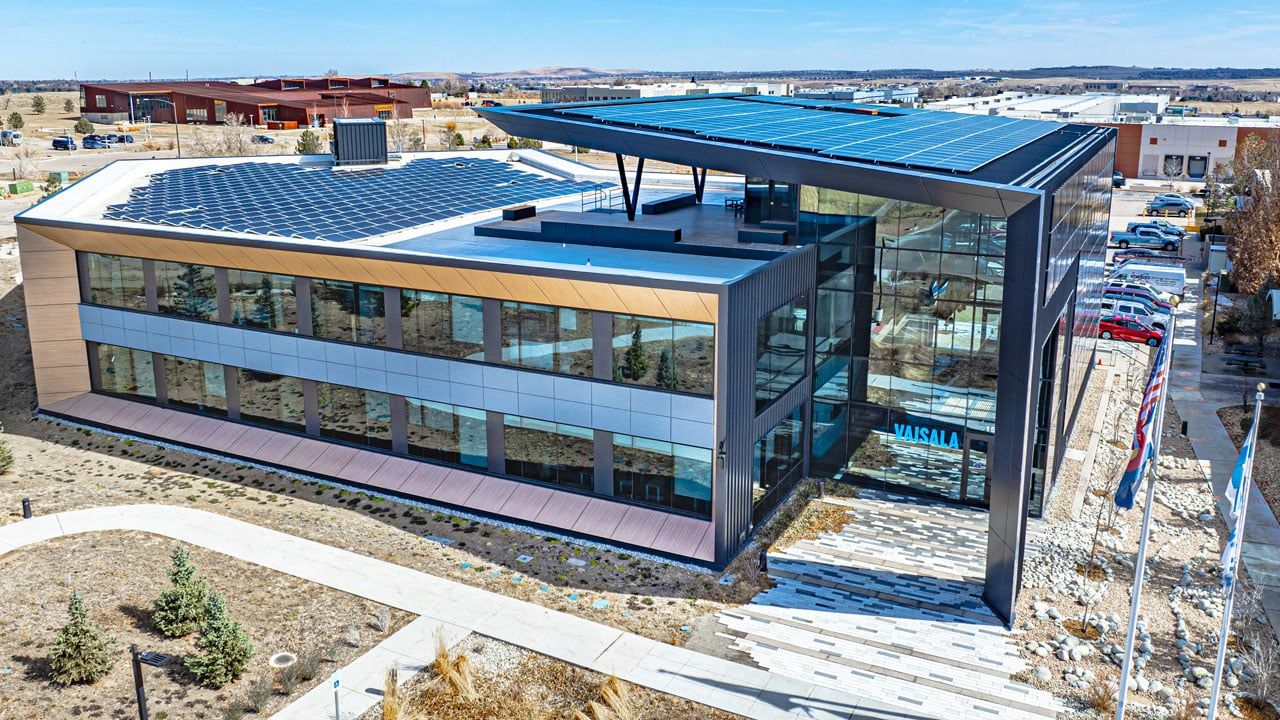Going summer camping? Plan early, stake out sites
This is Colorado camping in the summer: The smell of pine. The tug of trout on the line. Sap popping in the campfire. And all of it within mountain terrain three times as large as the Swiss Alps wherein the scenery, as U.S. President Teddy Roosevelt put it, “bankrupts the English language.”
If you want to camp in Colorado, however, you must plan. You must plan well.
Camping is increasing in popularity nationwide. From November 1998 to April 1999, the Forest Service and the U.S. Army Corps of Engineers anticipated 96,000 reservation transactions for campsites across the United States. Instead they received 119,000, said Randy Wilkerson of the U.S. Forest Service regional office.
SPONSORED CONTENT
Commercial Solar is a big investment, but not an overwhelming one
Solar offers a significant economic benefit for commercial property owners while also positively impacting the environment and offering a path to compliance for new municipal requirements like Energize Denver. A local, experienced solar installer will help you navigate the complexities of commercial solar to achieve financial success for your project.
While they do not track Colorado campsite reservations individually, Wilkerson said the trend has been an increase in reservations every year for the last five or six years. The Boulder Ranger District office, which provides information for one of the most heavily used wilderness areas in the U.S. — Indian Peaks — also has observed signs of the trend.
Bob Nykamp, providing visitor information for the Boulder Ranger District since 1995, said the popularity of Indian Peaks Wilderness Area is due to its proximity to the Peak to Peak Highway, to good hiking trails and to fishing. The Indian Peaks Wilderness area is 73,391 acres located primarily within the Arapaho and Roosevelt National forests. Pawnee campground near Brainard Lake, one of the popular sites in Indian Peaks, is only 35 miles from Boulder.
“It’s almost always full by Thursday. Half of the sites is on a reservation (55 total) while the rest is first come, first served. Right now all the sites available for reservation for the summer are taken,” Nykamp said.
Campers can stay the night by reservation in designated areas, without a reservation in a designated area on a first-come first-service basis, or in whatever spot they can find in the national forests (called dispersed camping).
All overnight users, whether in a formal or dispersed campsite, must obtain a permit. Permits cost $5. Those who reserve campsites will be charged an additional $8.65. Campsites have a 12-person limit, and sites must be located at least 100 feet of lakes, streams or trails.
Within the seven designated campsites of the Indian Peaks Wilderness Peak area, the best strategy for getting one of the spots for a summer weekend not available for reservation in a designated area is to stake it out Thursday morning, Nykamp said. For those whose hearts are set on the Brainard Recreation Area, he suggested Rainbow Lakes campground as an alternative. “The road is a bit rough and there’s no water and you have to tote your own trash,” he said. “But you can usually find a place there.” For families with young children he recommends Kelly Dahl campground (between Nederland and Rollinsville about 23 miles from Boulder). Views are good, it’s a short drive to trails, and “there are no streams or lakes to fall into. It’s also hard to get lost there.”
The Camp Dick campground (situated in a glaciated valley adjacent to Middle St. Vrain Creek 19 miles north of Nederland) is also normally full for the weekend by Friday.
Nykamp repeated that the best way to camp where you want to is to plan ahead. As for last-minute campers who set out on Friday after work, “It would take a lot of luck to find a place,” Nykamp said.
This is Colorado camping in the summer: The smell of pine. The tug of trout on the line. Sap popping in the campfire. And all of it within mountain terrain three times as large as the Swiss Alps wherein the scenery, as U.S. President Teddy Roosevelt put it, “bankrupts the English language.”
If you want to camp in Colorado, however, you must plan. You must plan well.
Camping is increasing in popularity nationwide. From November 1998 to April 1999, the Forest Service and the U.S. Army Corps of Engineers anticipated…
THIS ARTICLE IS FOR SUBSCRIBERS ONLY
Continue reading for less than $3 per week!
Get a month of award-winning local business news, trends and insights
Access award-winning content today!

